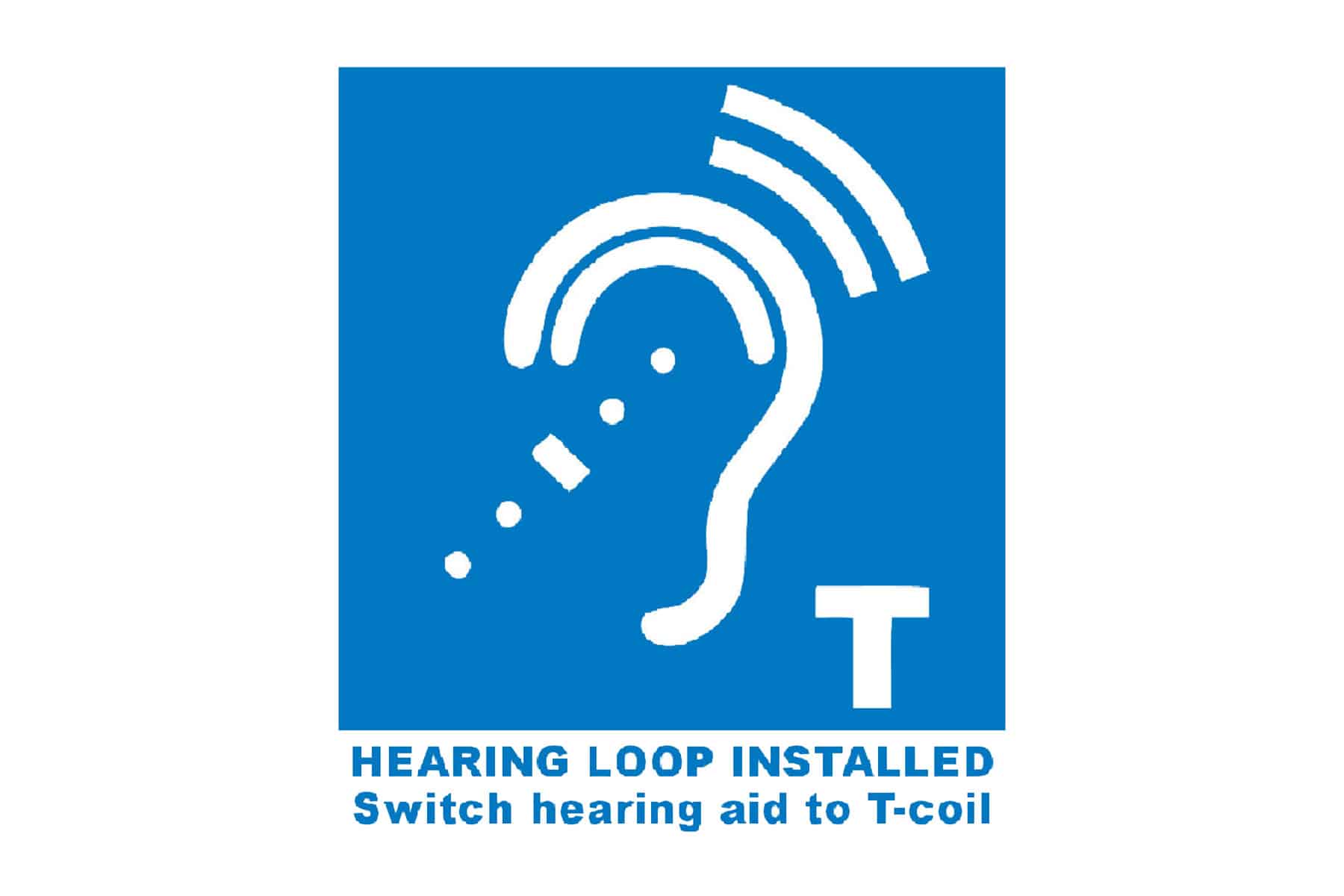
MED-EL
Published Oct 30, 2015
Assistive Listening Devices for Work or School
Here’s the third in our four-part miniseries about choosing the right Assistive Listening Device (ALD) depending on what situation you’re in. Our first posts covered listening to music and watching TV, and now we’ll head out to school or work.

When you’re at home it can be easy to hear clearly, because you have control over where you’ll be sitting and where the TV or stereo or other people will be.
But if you’re at work or school, it’s possible that there are some aspects you just won’t be able to control. This is where assistive listening devices (ALDs) can help: regardless of where you are or where the sound comes from, ALDs can help you hear more clearly.
There are a few ALDs we recommend when out at work or school:
Neckloop or Streamer
Some neckloops have a remote microphone, which means that you can set the microphone near the speaker or in the middle of the table. This will help you hear what’s being said even if you’re on the other side of the room. The microphone will then send the sound signal to your neckloop and on to your audio processor.
There are many different neckloops out there, including the ClearSounds Quattro or Artone 3. Not all neckloops or streamers are available in all areas so talk with your audiologist or MED-EL representative to find the right one for you.
Here’s how to use your neckloop:
- Set the microphone near where the sound or speaker will be.
- Connect your neckloop and audio processor:
- For cochlear implants, you can do this by activating your processor’s telecoil. Just click “T” or “M/T” on your FineTuner.
- Sit back and enjoy hearing clearly!
FM Systems
FM systems are another way to hear sounds clearly no matter where they are coming from.
An FM system has two parts: a transmitter, and a receiver. When the transmitter is connected to a microphone and the receiver to your audio processor, it will send sound from the speaker to your audio processor. All you have to do is put the microphone near whoever is speaking and you’ll hear them as if they are right next to you. Some microphones can even be clipped onto a shirt collar, so you can hear the speaker no matter where they move around.
There’s no need to change any programs on your audio processor, all you have to do is plug it in and turn it on.
Here’s how to use an FM system:
- Turn on the transmitter or remote microphone.
- Attach the receiver to your audio processor
- For SONNET and OPUS 2, this can be done by using the FM Battery Pack.
- For RONDO, connect the receiver to the external Mini Battery Pack.
- Sit back and enjoy hearing clearly!
Depending on your school or work, some places might have an FM system built-in. For these places, they’ll give you a receiver that’s programmed to work specifically with their system.
Hearing Loops
Another option is to use a hearing loop. Some lecture or conference halls will have built-in hearing loop systems. If a hearing loop is installed and turned on, it creates a signal that can be picked up by any telecoil-enabled audio processor or neckloop. This means that you’ll be able to wirelessly hear the speaker no matter where you are in the room—and if there’s more than one cochlear implant or hearing aid user in the room they can all tune in at the same time.
If you see this logo, that means a hearing loop is installed.

If the place you are has a hearing loop installed, here’s what you do:
- Activate your audio processor’s telecoil. Just click “T” or “M/T” on your FineTuner.
- Sit back and enjoy hearing clearly!
References

MED-EL
Was this article helpful?
Thanks for your feedback.
Sign up for newsletter below for more.
Thanks for your feedback.
Please leave your message below.
Thanks for your message. We will reply as soon as possible.
Send us a message
Field is required
John Doe
Field is required
name@mail.com
Field is required
What do you think?
© MED-EL Medical Electronics. All rights reserved. The content on this website is for general informational purposes only and should not be taken as medical advice. Contact your doctor or hearing specialist to learn what type of hearing solution suits your specific needs. Not all products, features, or indications are approved in all countries.

MED-EL

MED-EL


